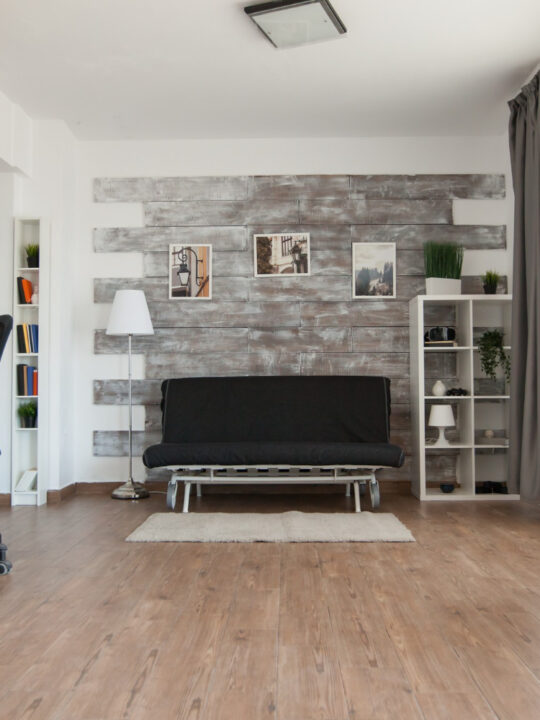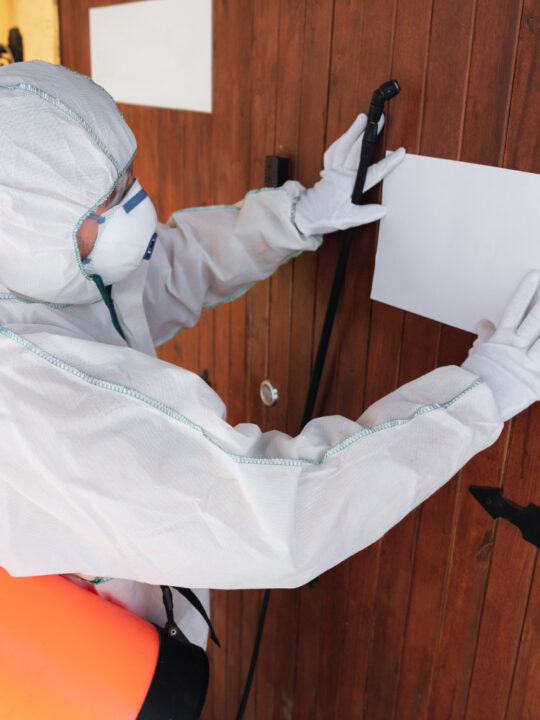 Kingspan Insulation is a world leader in premium high performing insulation materials and insulated solutions for building fabric and services.
Kingspan Insulation is a world leader in premium high performing insulation materials and insulated solutions for building fabric and services.
Kingspan Insulation is a global leader in developing innovative, high-performance insulation solutions that help minimise the built environment’s carbon footprint. AIR-CELL, the region’s top thermo-reflective insulation brand, and Kooltherm, a world-leading CFC/HCFC-free flexible thermoset insulation with low Ozone Depletion Potential, are manufactured by Kingspan Insulation (ODP).
As an option to bulk fibre insulating material and rigid polystyrene insulation, both ranges provide excellent heat and fire effectiveness in a clean, safe, thin medium.
Kingspan Kooltherm has some of the most thermally efficient conductance and thermal performance great range, which means you may reduce the thickness of your insulation to attain the same performance as other traditional insulations. Kingspan Insulation strives to assist healthcare institutions in decreasing heating and cooling loads, energy usage and creating a clean, safe, fibre-free environment by enhancing the thermal effectiveness of building envelopes.
Kingspan Insulation supports healthcare organisations in obtaining high-performance heat solutions in all roof, wall, and underfloor applications.
Table of Contents
Is Kingspan Insulation Suitable For Any Situation?
With the rapid changes in weather conditions over the years, it has become increasingly important to insulate our homes and buildings with high-quality insulation. With this much weight on our shoulders, deciding which brand to buy from the many options on the market becomes quite tough.
Kingspan insulation is one of the kinds that has been tested and is considered to have a wonderful outcome in house insulation out of all the insulation materials available on the market. The next step is to determine which of these Kingspan subclasses should be used in which situations. So, to address this issue, here is a list of materials that will work well in different areas of your home.
Few Things To Think About When It Comes To Insulation
Homeowners must consider the influence of moisture on their homes during restorations or refurbishments. Mould, blistering and peeling paint, rotted wood structures, and rusted or corroded metal building elements may all result from poor or inadequate moisture management in a building. All of these problems may be prevented by adequately installing insulation.
Condensation may occur if insulation is installed incorrectly. Condensation occurs when climatic conditions change, increasing moisture and seasonable temperatures by converting water vapour in the air from a gas state (HIA, 2020). When warm air carrying a lot of moisture encounters cold vapour resistant surfaces of a structure, this process occurs. Condensation is divided into two types: surface and intermediate. Surface condensation happens on a structure’s visible surfaces—building levels such as the roof, walls, and flooring assemblies all experience interstitial condensation.
Surface and interstitial condensation will enhance the conductivity of an insulating material, reducing its thermal efficacy dramatically. It may also harm insulation, resulting in mould development, lowering indoor air quality and perhaps creating health concerns.
Condensation has new regulations in the 2019 National Construction Code (NCC), which will help to reduce its impact on homes (Condensation and water vapour management V2.4.7).
The code included other guidelines on preventing moisture access via the exterior wall by utilising a flexible construction membrane (sarking), properly ventilating the dwelling, and installing exhaust fans. To reduce the danger of condensation, it’s crucial to know which sort of insulation is ideal for you. You must choose insulation that complies with the construction requirements and is appropriate for your climatic zone. It’s also a good idea to keep your house adequately aired to avoid humidity build-up.
Kingspan Kooltherm K17 insulated plasterboard is an excellent choice for preventing condensation. Kooltherm K17 is a closed-cell phenolic insulation with a fibre-free core that can be used on the roof, walls, and floors.
Manufacturing Excellence And Unrivalled Skill
Kingspan Insulation Australia is a world leader in ultra-thin flexible insulation and super high-performance stiff insulation for building textile and services applications.
The Kingspan Group’s world-class production plant in Somerton, Australia, is the company’s most technically advanced and energy-efficient facility to date. The Kingspan Group is the world’s leading high-performance rigid board insulation manufacturer.
Are Products From Kingspan Insulation Made Of Flammable Materials?
The European Categories classify products for their fire resistance performance under the Building Regulations and Standards (Euroclass System). Product specimens are graded from A1 (non-combustible) to F (combustible) using a series of small-scale tests (worst performing in terms of combustibility). Flammable items do not meet the criteria for A1 classification (which is based on a non-combustibility test). While this labelling procedure seems to be simple, it is constrained by its concentration on small scale studies, which means it ignores the often-complex connections between various elements inside a final structure.
While Kingspan thermoset insulation products are highly flammable and neither non-combustible nor limited combustibility, significant and transitional reactions to fire and fire resistance tests have shown that specific assemblies using the products perform comparably to those using non-combustible / limited combustibility products. This blog discusses the limitations of the ‘combustible’ label, how Kingspan thermoset insulation materials react to fire, and why lengthy and intermediate-scale testing may provide a more accurate assessment of fire performance.
Conclusion:
Kingspan Insulation provides various services to assist you in preventing condensation in your house. That includes a complete condensation risk analysis (CRA), which shows how condensation will influence your structure, and thermal efficiency calculations (TPC), which show how your system will perform thermally.







